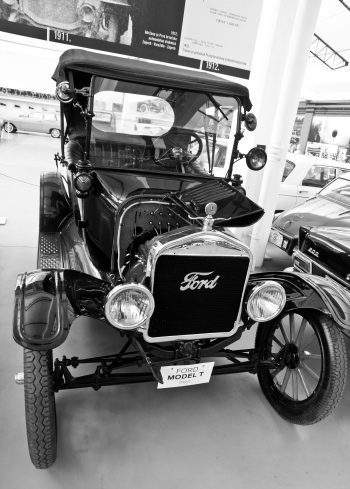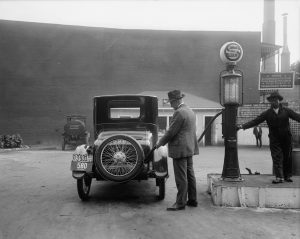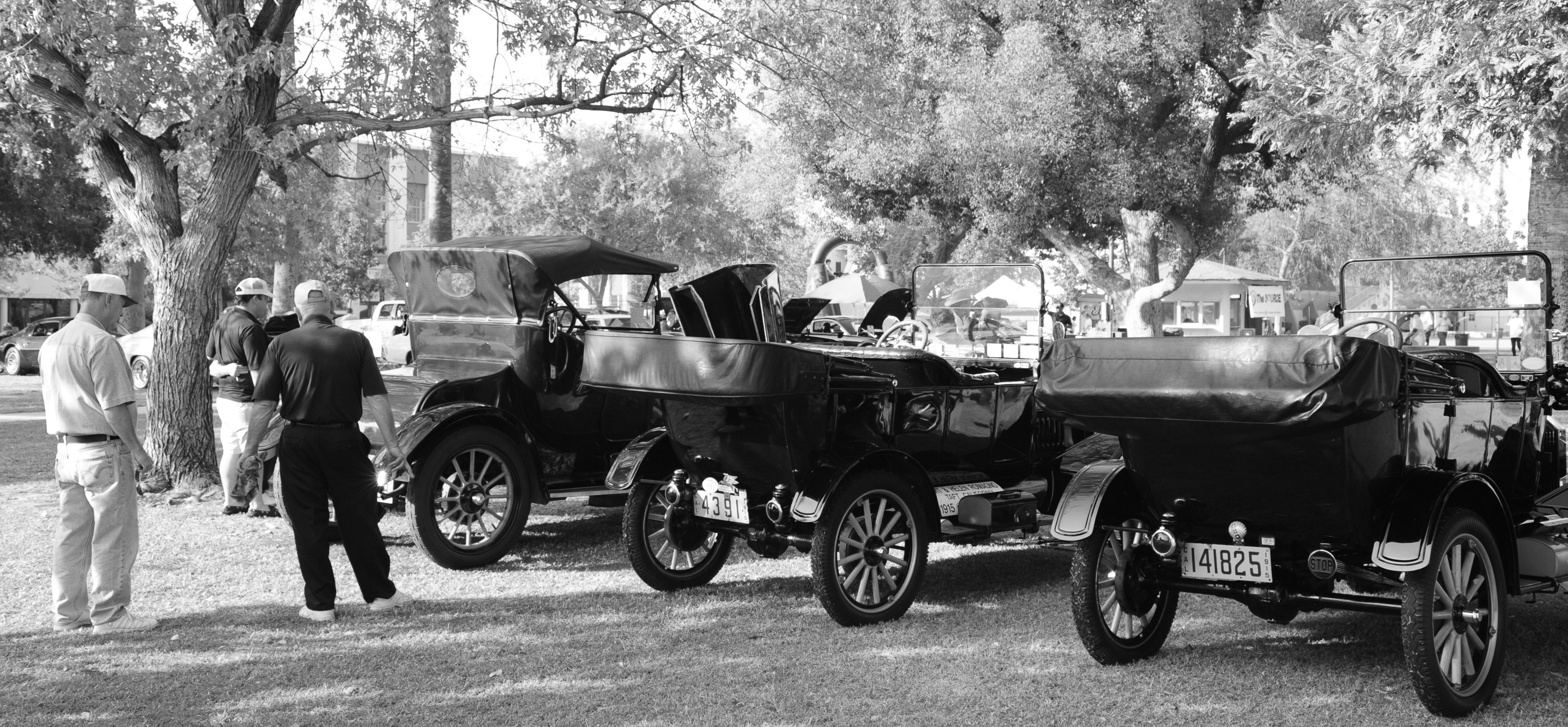Post 1 of ’90 Years in the Making’ – A W.W. Clyde & Co. Blog Series
Cars for the Common Man

While Utah was slow to adopt the new revolution of automobiles, lawmakers recognized the effects the automobile could have on our way of life. In a 1909 speech given before the legislature, Governor William Spry spoke about the importance of developing an infrastructure; a message which would apply for decades into the future. He said,
“This subject (infrastructure) will be one of the most important brought before you for consideration. It is a problem requiring much thought and attention, care should be taken that no mistakes are made in the final disposition of the matter. A uniform system of constructions with a means of raising special road finances in the various counties should be provided. What is done should be along the lines of stability and thoroughness, have in view a permanency, which unfortunately has been overlooked in many instances heretofore.
A provision should be made requiring competency in those to whom is given the work of road improvements. There is no occasion for me to dwell upon the advantages of such improvements to the people of the state, and I heartily recommend your prompt and most earnest consideration of this important subject.”
A Transportation Revolution
World War I demonstrated the value of highway transportation. Due to the enormous amount of material being moved for war efforts, the railroads became congested and the government began using large trucks to haul war materials. This effort increased road traffic, making it obvious that a system for construction and maintenance of roads had to be established to accommodate the shift in transit.

These calls for transportation infrastructure support were met in 1921 when Congress passed the Highway Act, also called the Phipps Act, which required Congress to set aside $75 million per year to help states build their infrastructure. The Federal Government would also match any funds raised by the states to build roads; a funding source that was very important to the western states.
From 1909 to 1929, $28.5 million dollars, over half of Utah’s entire government budget, was allocated towards construction of new roads. An additional $6.2 million was given for the maintenance of roads.
W.W. Clyde Goes into Business
Recognizing the great potential in the road construction industry, Wilford W. Clyde, a Springville native, made plans to capitalize on this new industry. In 1923, a 33-year old W.W. joined with his wife’s cousin, Blake D. Palfreyman, to pursue a road contract in Nevada. He and Blake left with nothing but “a Fresno and four”, which was a dirt-moving scraper and four horses. This would be the first of hundreds of road-building contracts that would become W.W.’s legacy in the Intermountain West.
Click here to read part 2, The Clyde-Sumsion Years.

